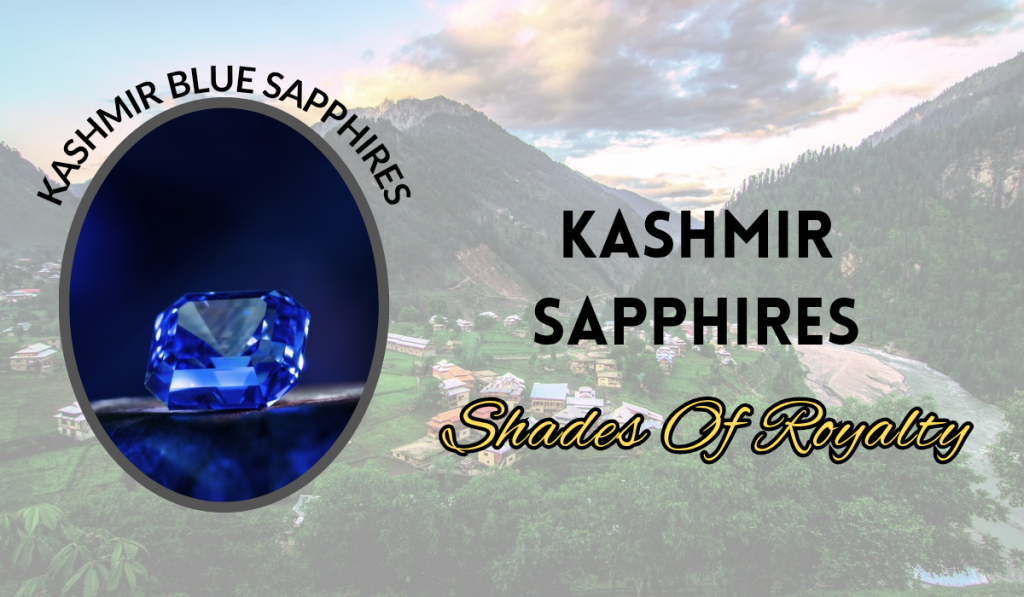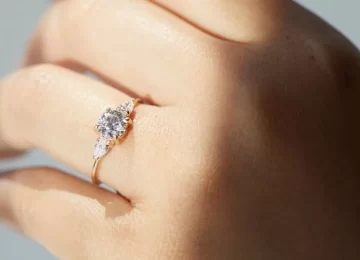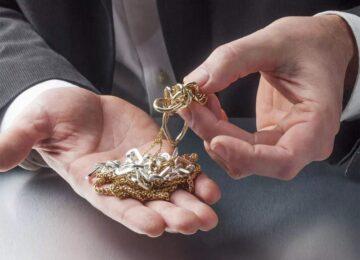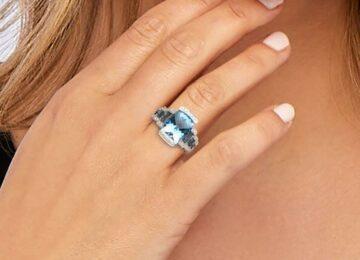Kashmir Sapphires Undoubted Supremacy, Often Shrouded In Mystery And Rumors
Kashmir blue sapphires occupy a near-mythic place in the world of precious gemstones. Their celebrated velvety, cornflower-blue hue — produced by a particular combination of trace elements and extremely fine silk-like inclusions — first came to light only in the late 19th century, after landslides in the Zanskar Range exposed gem-bearing deposits. Because the classic Kashmir finds date to that narrow historical window (miners worked the alluvial and near-surface deposits mainly from the 1880s into the early 1900s), even the most prized Kashmir stones rarely have provenance that extends back many centuries.
Collectors therefore prize documented connections to the original blue Kashmir Sapphire finds and to the region’s royal owners — especially links to the Dogra maharajas — because those connections add verifiable historical context to what would otherwise be a relatively recent origin.
That royal provenance is central to why rumors about the so-called Zanskar Crown Sapphire continue to attract attention. The story circulating in trade press, specialist blogs and social feeds describes an exceptionally large cushion-cut Kashmir blue sapphire that was once part of a lavish necklace owned by the Maharajas of Jammu and Kashmir (the Dogra dynasty). Various informal accounts attribute the stone’s naming to Maharaja Ranbir Singh or to his successor Maharaja Pratap Singh and suggest the gem was a centerpiece of the princely treasury.
Reported details on the Zanskar crown are unclear – popular write-ups and dealer pages have floated speculative weights ranging from roughly 170 to 220 carats, claims that it was mounted in a ceremonial necklace, and narratives that it was sold in the early 20th century when the maharaja faced fiscal pressures. But these accounts are based on oral histories, dealer lore and a scattering of unverified archival claims rather than on an unbroken paper trail or authenticated photographs — which is why the Zanskar Crown remains, for now, more legend than confirmed museum piece.
Equally intriguing is the claim that, the big Kashmir sapphire was named Zanskar Blue and not Zanskar Crown!
Because the Zanskar Crown’s story relies heavily on secondary sources and unclear reports, reputable gem authorities treat it cautiously. Professional gemological labs and auction houses typically require documented chain-of-custody, inscriptions, archival images, or modern scientific origin testing before accepting claims of an historic Kashmir provenance. In the absence of such corroboration, large blue sapphires that appear in private sales or at auction are examined and reported on as Kashmir by virtue of their material characteristics and laboratory reports — but the link to any specific historic “named” stone often can be ‘presumed’ and not fully established.
What is certain is that modern record-keeping has produced verifiable “largest” entries. The Guinness World Records lists a Kashmir sapphire called The Spirit of Kashmir (a cushion cut) at 150.13 carats, certified in Dubai on 10 November 2023 — a firmly documented contender for the largest authenticated Kashmir sapphire on record. That formal recognition provides a helpful benchmark: if the much-touted Zanskar Crown truly weighed in the 170–220 carat range, it would surpass The Spirit of Kashmir — but until verifiable evidence appears, the Zanskar story remains an intriguing historical rumor rather than an established fact.
In short, provenance matters enormously for Kashmir sapphires because the mines were productive for only a brief historical period and royal associations materially boost a stone’s collectible value. The Zanskar Crown narrative brings together that royal cachet, local origin lore in the Zanskar/Padder valleys, and tantalizing size claims — but what collectors and historians want next are archival images, sale records, or laboratory confirmation that would turn rumor into traceable provenance. Until then the Zanskar Crown is best treated as a compelling part of Kashmir sapphire folklore that keeps dealers and connoisseurs watching auction catalogs and private sales for any possible reappearance.











